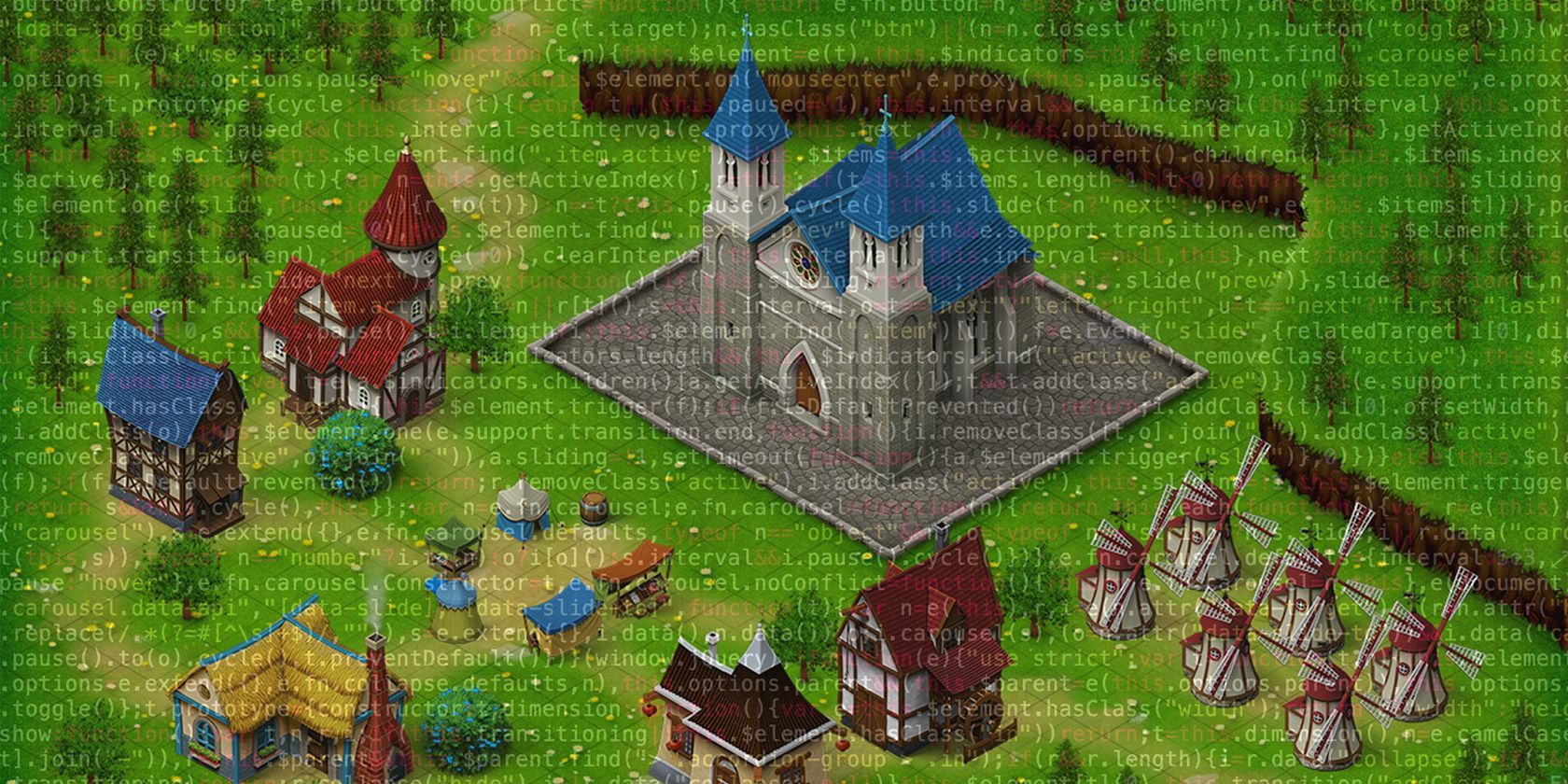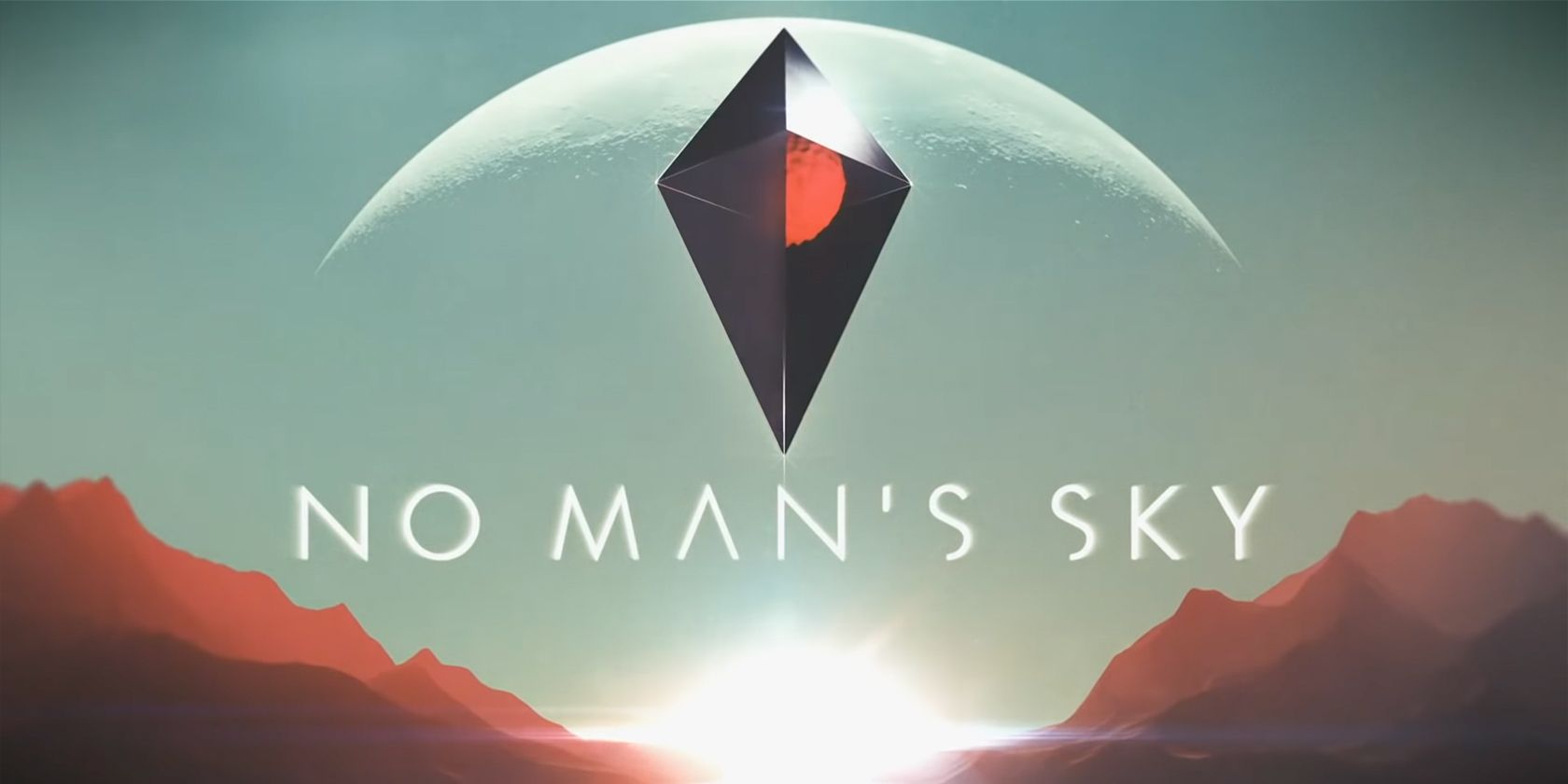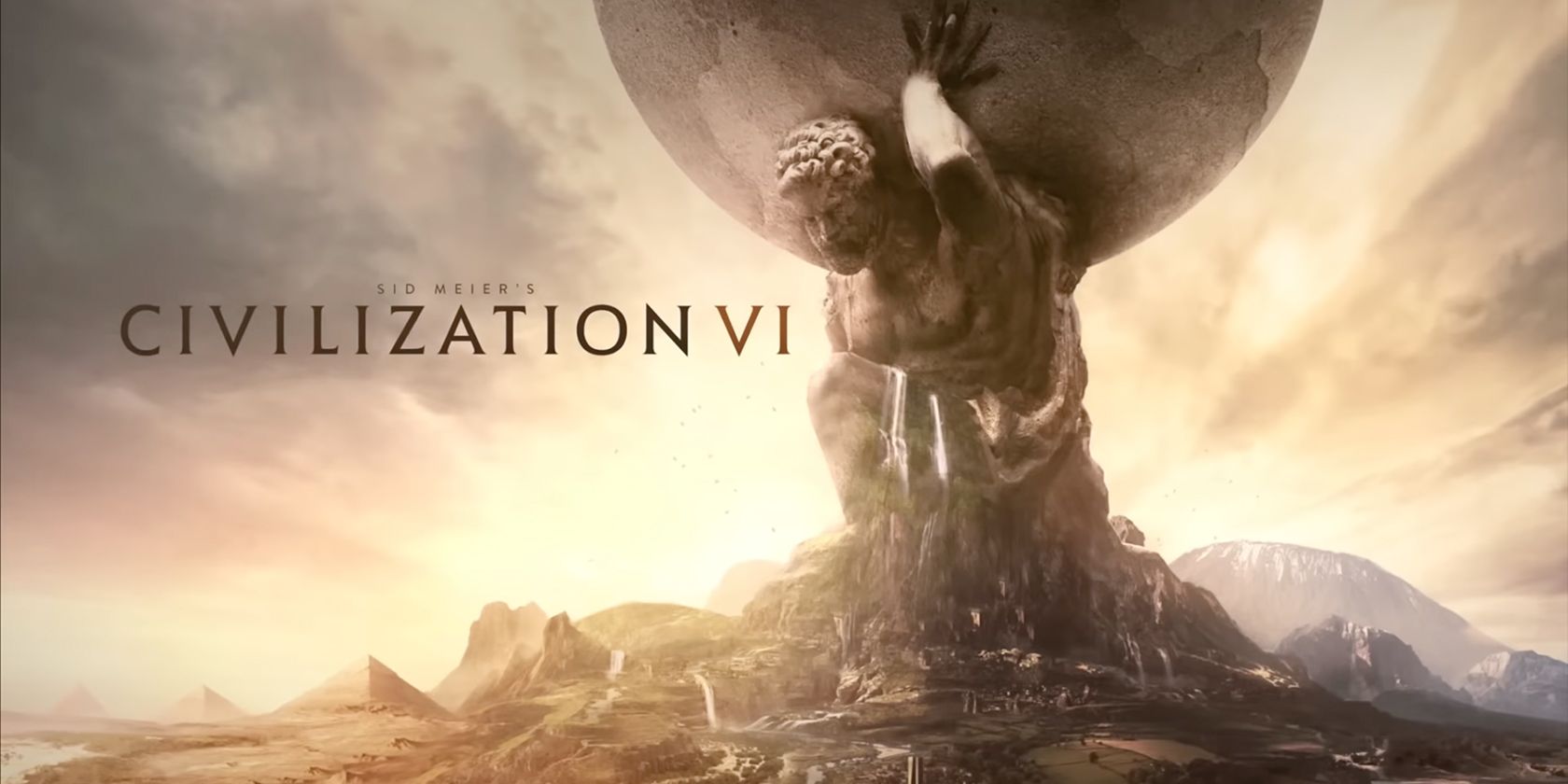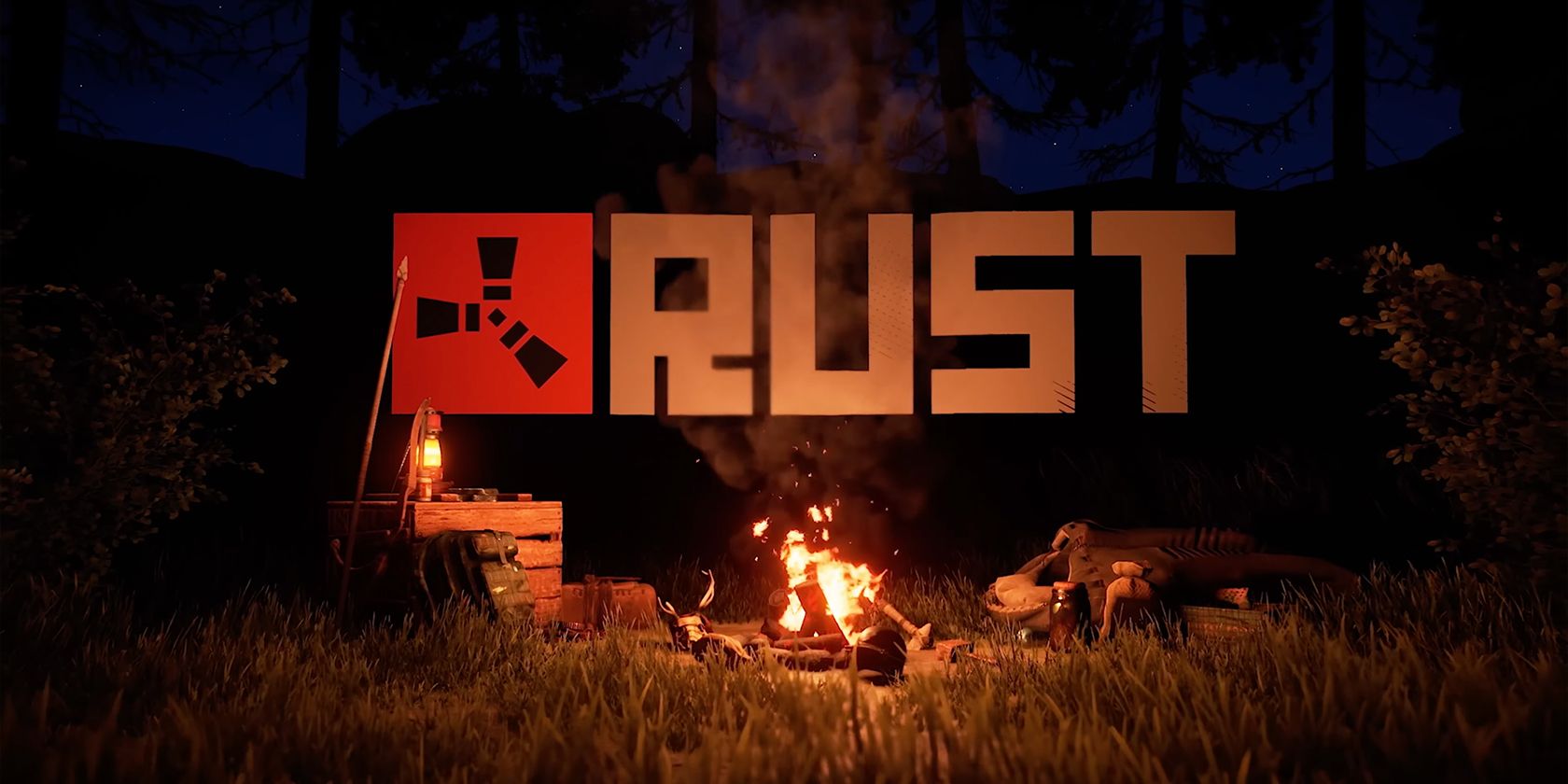
Unraveling: Procedurally Generated Game Realms

Unraveling: Procedurally Generated Game Realms
You might have heard of a procedural world if you’re an avid gamer. But what exactly is it? And how does it affect your gameplay?
So, let’s explore what a procedurally generated world is, how it works, and a few examples of games that use this technology.
What Is Procedural Generation?

Most games have manually-created worlds, like the Grand Theft Auto series and Call of Duty. This means that each and every loaded game will look the same, no matter how many times you play it.
While this is crucial for games that mimic reality or for esports titles that focus on player skill, it also means that you can only play a game so many times until you get bored. Furthermore, a sizeable manually-created map means a large game file. For example, GTA V’s San Andreas—a recreation of Southern California—is 95GB.
So, to save space and create a unique map for every game, developers used procedural generation. Instead of building a map piece-by-piece, procedurally generated games use an algorithm to create their worlds.
This means that even if you play the game repeatedly, the title will give you unique environments with every play-through. Furthermore, procedural generation isn’t limited to creating a game’s physical world. Developers also use it so their games will have unique dialogues, storylines, and even NPC decisions.
How Does Procedural Generation Work?
Procedural generation starts with the algorithm and the seed. This is the basis of what you’re trying to make, and the game will use this as the template for its creation. As theX-Team blog puts it, the seed is “the DNA for a specific copy of whatever you’re trying to procedurally produce.”
For example, you can use the human body as the seed of your procedural generation. You can then introduce variables to your algorithm, so the final product will always look like a person but have unique features with each run.
With procedural generation, your seed ensures that you get your desired result with each run of your algorithm, while your variables give you unique results. If you pair your variable with a random number generator or RNG (what is an RNG? ), you could potentially create an absurdly large or even infinite number of variations for your game.
Which Games Use Procedural Generation?
Many titles use procedural generation for their titles. In fact, this method of creating game worlds has been around since 1978, with its introduction in Beneath Apple Manor and Rogue in 1980.
So, here are a few modern titles which use this method when creating a game session.
No Man’s Sky

Image Credit: PlayStation/YouTube
This title is one ofthe best space exploration games today owing to its use of procedural generation. Its developers used this technique to create over 18,000,000,000,000,000,000 (yes, that’s 18 zeroes) planets you can explore in the game world.
Because of this technique, each planet has its own unique ecosystem—including plants, animals, climates, and even alien species you may engage in trade or combat. Despite this massive game world, the game is only 15GB.
Civilization VI

Image Credit: Sid Meier’s Civilization/YouTube
While the Civilization franchise have a few maps based on regions of the world and one map of the entire world, the main game mode uses procedural generation to create unique maps. So, whenever you start a random game, you’re guaranteed a unique world.
This feature makes Civilization highly replayable. Even if you’re playing the games for several years, each session will be a challenge. That’s why Civilization VI, the latest release of the franchise, is one ofthe best offline games you can play on the iPad .
Rust

Image Credit: Facepunch/YouTube
Rust is one ofthe best exploration and crafting games because of its massive and unique maps. These procedurally generated maps ensure that each map is unique, with natural and man-made features randomly placed in every iteration.
Play in Unique Game Worlds Created With Procedural Generation
Although procedural generation has been around for decades, it’s still a great technique for generating unique game worlds in the latest titles. So, if you’re looking for a game you can play over and over again, look for one that features a procedurally generated map.
Also read:
- [New] Quick Glimpse YouTube Shorts Insights for 2024
- [Updated] In 2024, Tips and Tricks for Streamlining Color Grading with LUTs in Adobe
- [Updated] Perfectly Organizing Weekly Google Meeting Times
- Comprehensive Huion Kamvas GT-N Artist Pro Touch Screen Sketchpad - Detailed Evaluation
- Economical Gaming Inputs for Console and PC Gamers
- Exclusive Access Showdown: PS+ Vs. Xbox Game Pass
- In-Depth Guide for Transferring PST Files by an Office 365 Admin
- Insider Knowledge on Composing Influential Steam Reviews
- MWC Breakthroughs: Celebrated by MakeUseOf
- Navigating the Peak Performance Journey for Your Docked Steam Deck
- OBS and Wirecast Bout Which Broadcast Tool Is King for 2024
- Optimal Control Transfer: Sharing Your Mouse/Keyboard With the Steam Deck Through Barriers
- Picture Power Infusing Textual Elements on Windows & Mac Photo Canvas
- Preparation to Beat Giovani in Pokemon Go For Realme C51 | Dr.fone
- Tech Titans Clash: Xbox Series X Vs. PC Gamers
- The Downside: Play-to-Earn Model in Game Development
- Trasforma Il Tuo Video H.264 In H.265 Con Perdite Di Qualità Zero - Guida Completa Gratuita!
- Unlock Full Potential Advanced Tips for Zooming Images in Snapchat
- Unlocking Full Potential: The 2-Year OLED Monitor Life!
- Title: Unraveling: Procedurally Generated Game Realms
- Author: William
- Created at : 2025-01-24 17:12:46
- Updated at : 2025-01-30 16:41:52
- Link: https://games-able.techidaily.com/unraveling-procedurally-generated-game-realms/
- License: This work is licensed under CC BY-NC-SA 4.0.